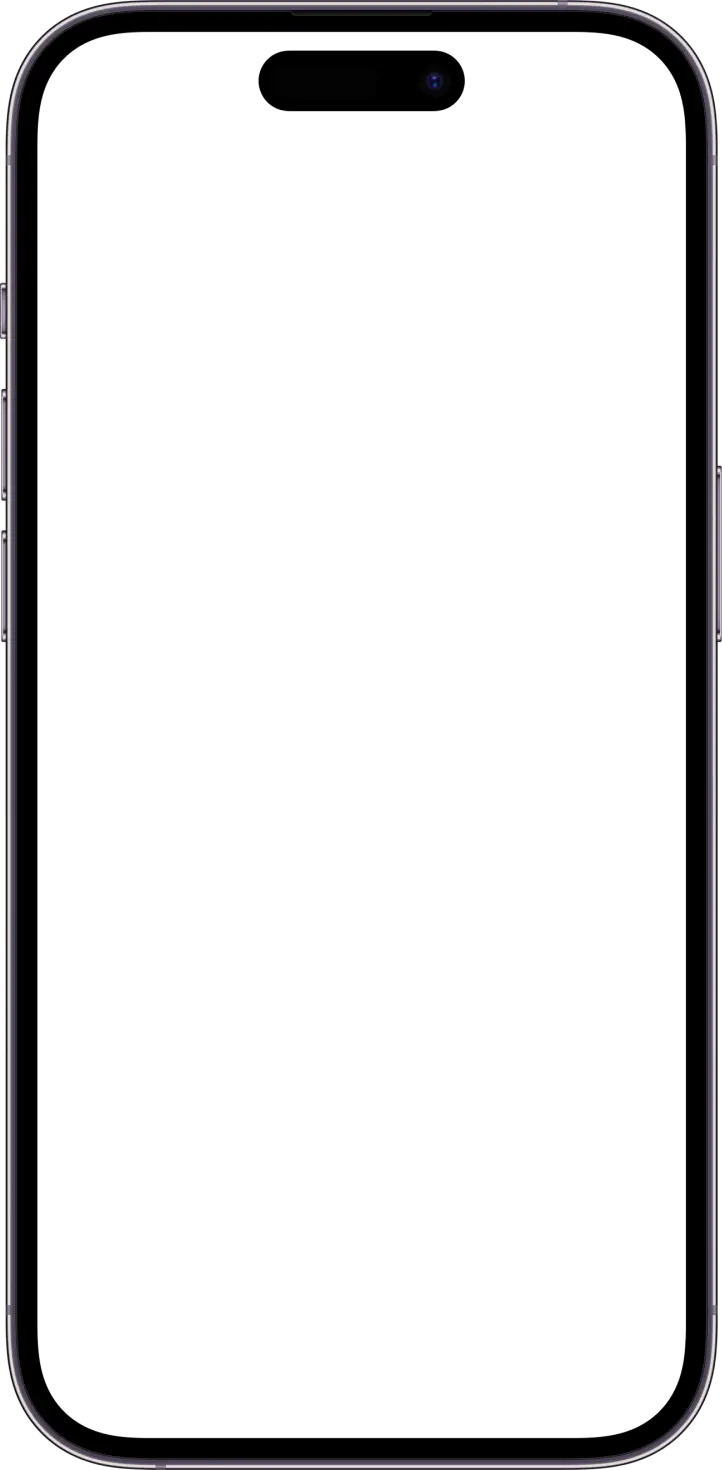
This project was brought to life through the collaboration of two committed and complementary companies :
Drive Cube is a specialist in autonomous and secure pickup lockers, offering tailored solutions for local commerce. As a unique player in the field of customizable lockers, Drive Cube aims to give small businesses the tools to compete with major e-commerce platforms by offering modern, self-service delivery experiences.
AktisLab is a Lyon-based digital development agency that merges technological innovation with strong local values. With a focus on ethical project selection and a commitment to #TechForGood, AktisLab designs and builds custom web and mobile solutions that make a real impact for communities and organizations.
I contributed to this project as a freelance full-stack developer for AktisLab, supporting the team throughout the development of the Bio-Connect solution.
Creusot Montceau Communauté Urbaine (CUCM) is a public intercommunal structure located in the Bourgogne-Franche-Comté region of eastern France. It brings together multiple municipalities, including the towns of Le Creusot and Montceau-les-Mines, to collectively manage key local services such as waste management, urban planning, mobility, environmental sustainability, and economic development. CUCM is known for its commitment to innovation and sustainability, actively supporting projects that improve quality of life while addressing climate and ecological challenges.
Timeline
The Bioconnect solution has been in production since Spring 2025, and the platform is currently live and operational in the field. The development process lasted approximately 6 to 8 months, involving close collaboration with the local government’s environmental services and digital transformation teams. This timeline included phases such as user research, prototyping, development, testing, deployment, and public onboarding through community engagement.
Background
Bioconnect is a smart, connected solution for food waste collection in urban areas where traditional composting isn't accessible, especially for residents without private gardens. Residents receive a "bio-bucket" to collect food scraps at home. Once full, they can swap it for a clean, disinfected bucket at a Bioconnect smart cabinet, located in public areas such as Montceau’s Place Beaubernard or near the Molette district in Le Creusot.
These cabinets are IoT-enabled, meaning they are connected to a web-based platform that allows the local waste services to monitor fill levels in real time and schedule pickups accordingly—reducing smells and optimizing operations. Participants can register online or via QR code on the cabinet, access a web application to track their activity, and even take part in gamified challenges with rewards.
The Bioconnect system reflects CUCM’s vision of making composting accessible and engaging for all, in response to national regulations requiring food waste separation, while also aligning with their broader sustainability and digital innovation goals.
BioConnect is an innovative and user-friendly solution designed to reconnect urban residents with a simple, natural habit: composting food waste. It offers a clean, efficient, and engaging system for collecting and recycling organic waste via connected compost stations ("smart lockers") and a dedicated web application.
Thanks to our microservice-based architecture, we provide integrated WFS and WMS data streams. These services allow real-time waste cabinet data to be visualized directly within the community's GIS system. This enables better spatial analysis and operational planning.
Account Creation & Management
Users can submit their account creation request directly through this portal. Their account will be validated by the Urban Community services before they can unlock lockers. Once validated, they will have access to all the features of the service.
Unlock Lockers
Following the process described above, users can exchange their bio-buckets. Other modes are also planned, such as dropping off a full bio-bucket without taking back an empty one.
Statistics
Access to deposit history in the form of graphs and lists. Users will be able to find the following information, for example: quantity deposited, quality of bio waste etc…





